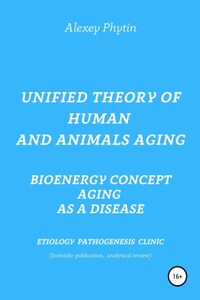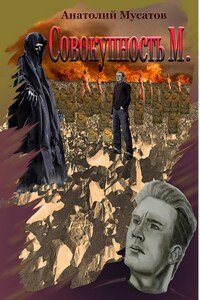My Comment to the Epigraph of the Famous Thermodynamicist (Energeticist) Josiah Willard Gibbs
A distinctive feature of biology is the incredible diversity (heterogeneity) of elements and an even greater variety of connections between them. This diversity is manifested at all levels of organization of living things from molecules to social formations.
Obviously, the maximum simplicity of representing such a global phenomenon as aging should not be achieved due to primitive concepts, that is, due to neglect of the complexity of the organism structure.
Obviously, the maximum simplicity of representing such a global phenomenon as aging should not be achieved due to primitive ideas about it, that is, due to neglect of the complexity of its structure. It was energy that turned out to be that golden key, with the help of which I was able to penetrate into the essence of one of the central problems of biology and medicine – aging. Consideration of this complex problem from the standpoint of bioenergetics revealed the very, truly divine simplicity, which made it possible to unravel the complex tangle of numerous facts regarding this phenomenon and predict a number of consequences of energy deficit for the body. I believe that one of the most important results of the bioenergetic approach to aging became the identification of the leading role of the autonomic nervous system in the pathogenesis of this disease.
Science is built up of facts, as a house is built of stones; but an accumulation of facts is no more a science than a heap of stones is a house.
Henri Poincare "Science and Hypothesis", 1902
Introduction. How the Bioenergy Concept of Aging Was Born
In connection with the immense breadth of the topic of aging, which must be presented in the limited space of an analytical review, I will present the Concept practically in a thesis form, linking together the etiology and the main stages of pathogenesis by cause-and-effect relationships. As “test words” in the second part of the review, I will present an explanation within the framework of the Concept of a number of long-known phenomena of aging and the most significant facts characterizing this disease, but which have not received a clear explanation within the framework of other hypotheses.
I will cite only the most important facts necessary for an adequate understanding of the Concept and will try not to overload the text with references to facts widely known to gerontologists and geriatricians. The modern possibilities of the Internet allow readers to quickly find the most recent works available in the open access and concerning any fact mentioned in the review.
There are no new facts concerning aging in this work. The Concept offers a new look at this disease, its etiology and pathogenesis. A patient has a chance to be healed if the pathogenic factor that caused his disease (etiology) and the sequence of events in the mechanism of the development of his disease (pathogenesis) are known.
Treatment of aging, like any other disease, blindly or by symptoms, without knowledge of the etiology and pathogenesis, is not only useless, but also harmful (pathogenic) occupation. Many modern authors have already called aging a disease, and not a process, as has been accepted since the second century AD. However, most of them are limited only by etiology and often scattered elements of pathogenesis, linking them to its terminal stages. We do not know anything about the early stages of the pathogenesis of aging. Most of the clearly formulated aging hypotheses are based on pathogenic factors causing chaos in the metabolism of cells and tissues: – on numerous toxic metabolites of the intestinal bacterial flora [1]; – on highly reactive metabolites – free radicals of oxygen and nitrogen, entering into chemical reactions with biological polymers [2] and on chemically active aldehyde – glucose, which modifies amino groups of proteins, with excessive consumption of sugars. The hypothesis of accumulation of mutations is also based on chaos [3].













